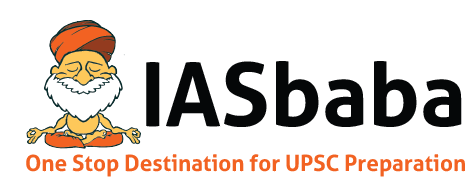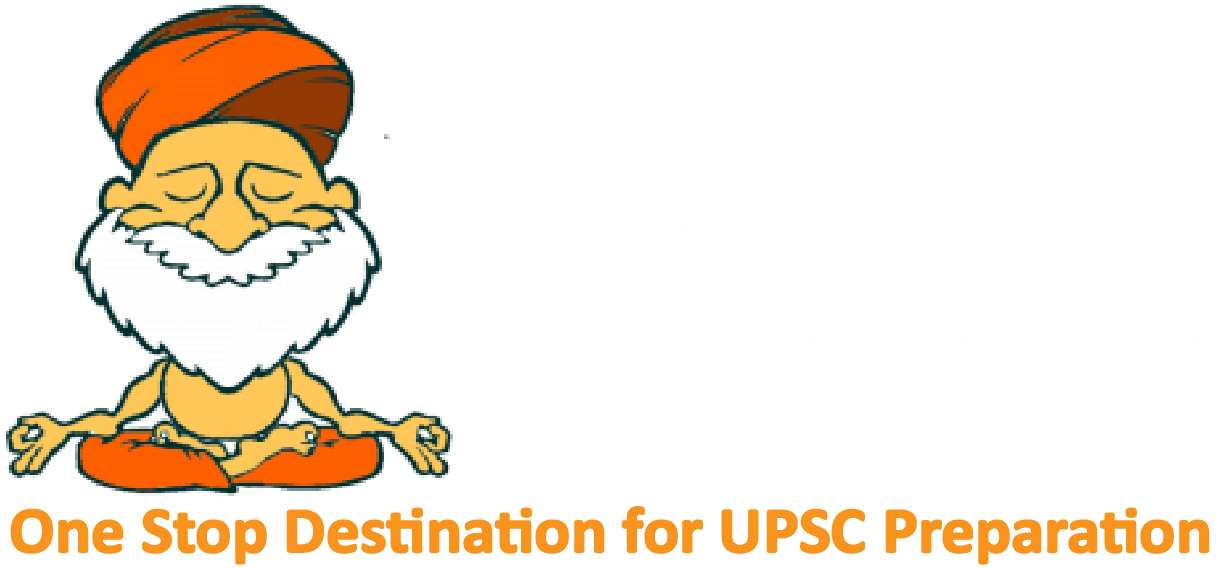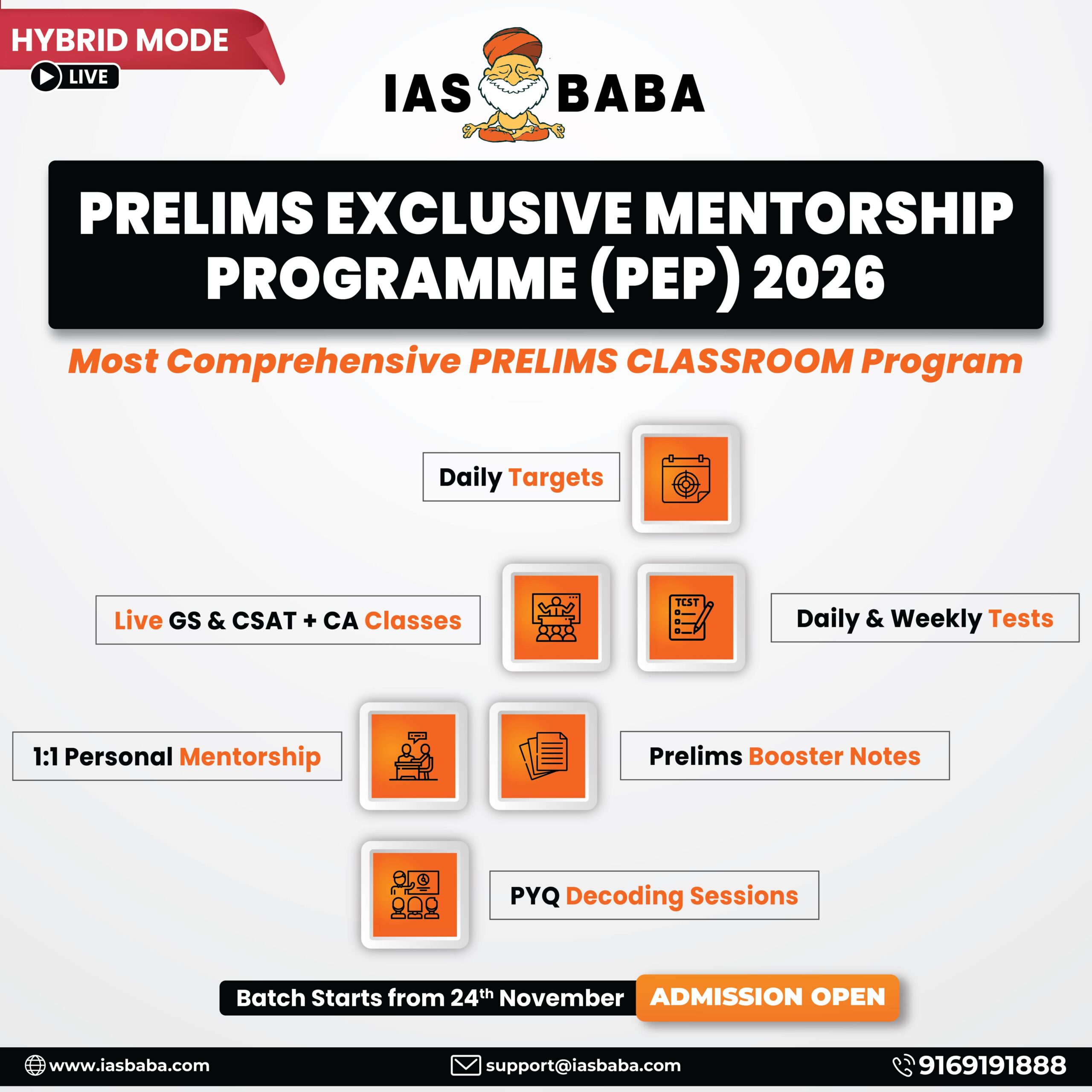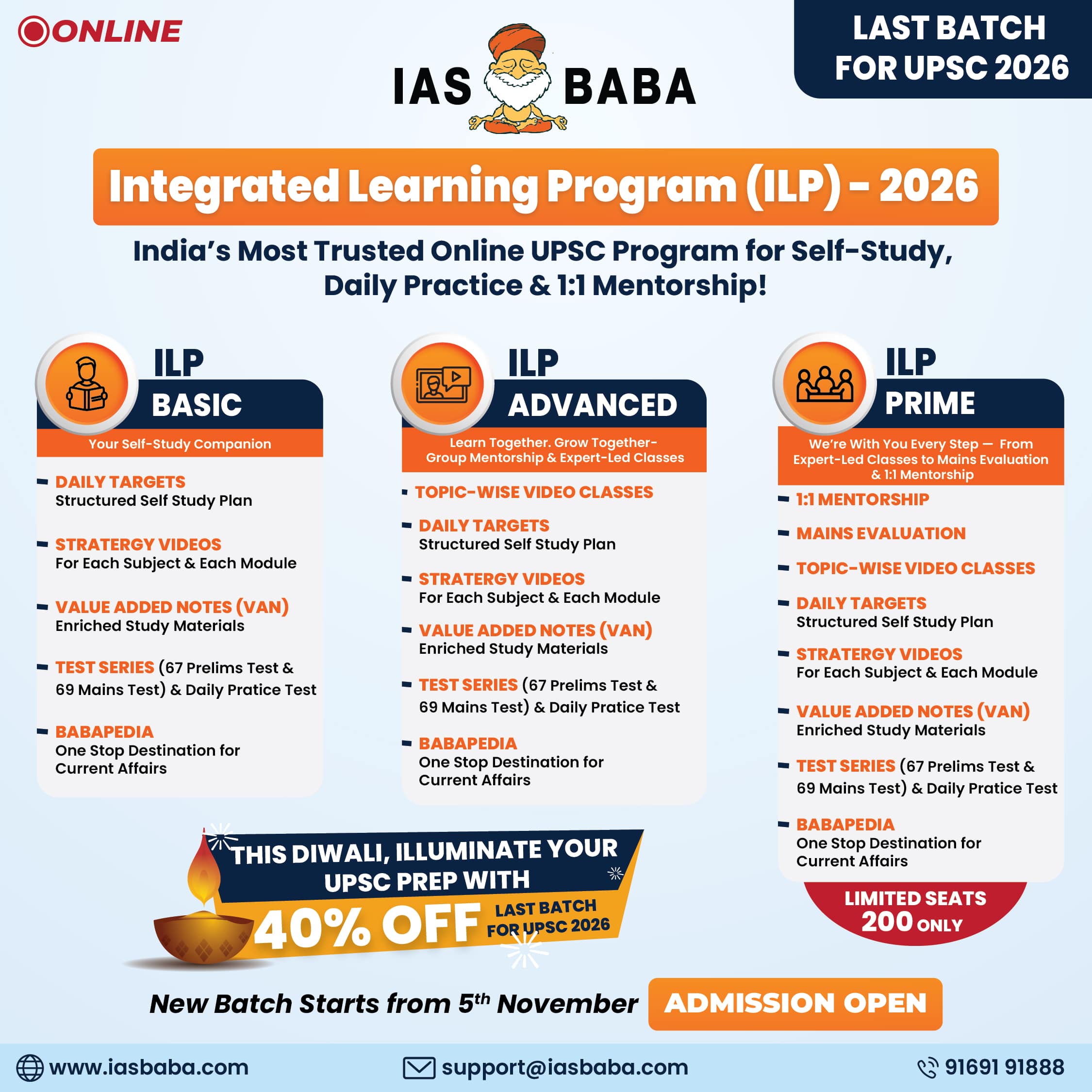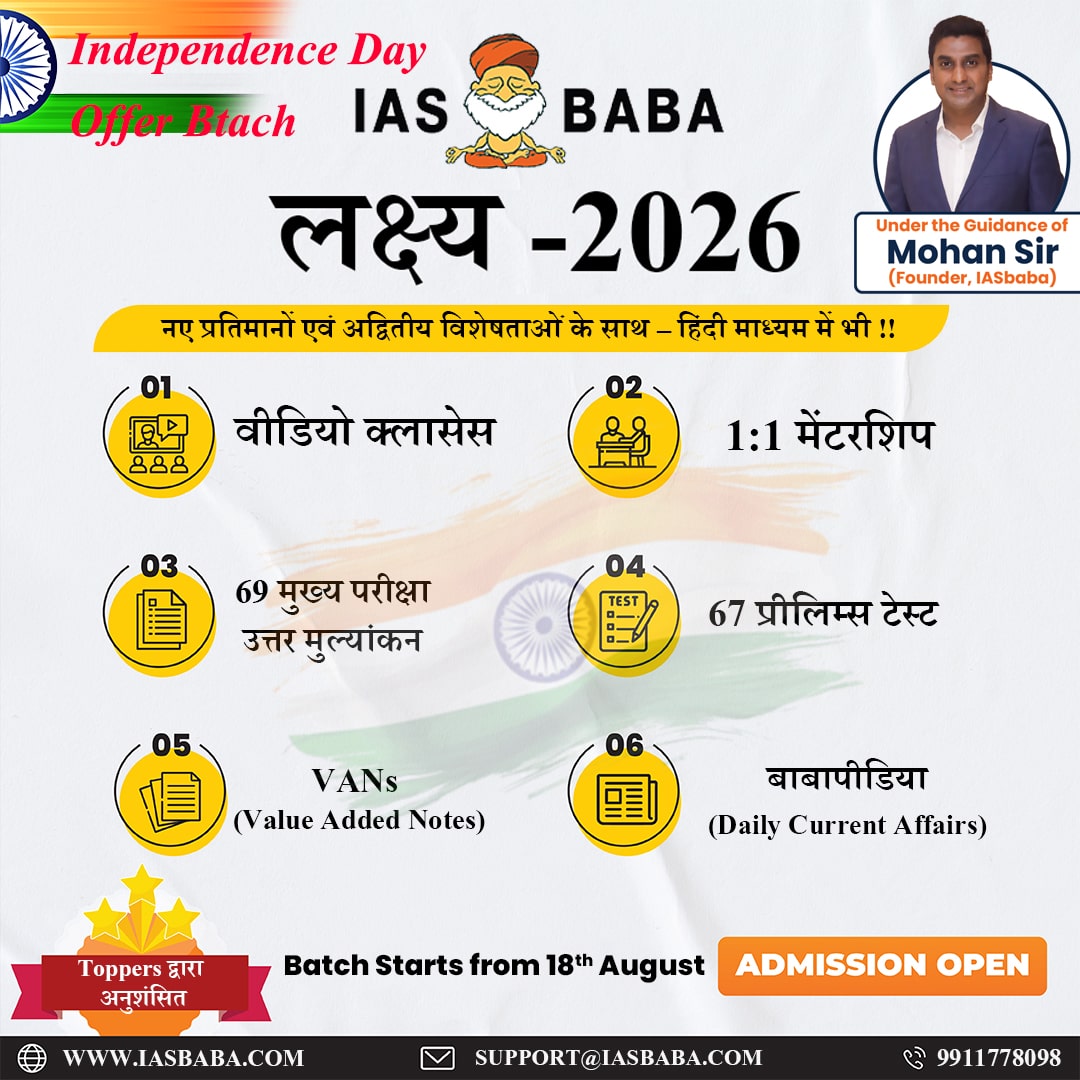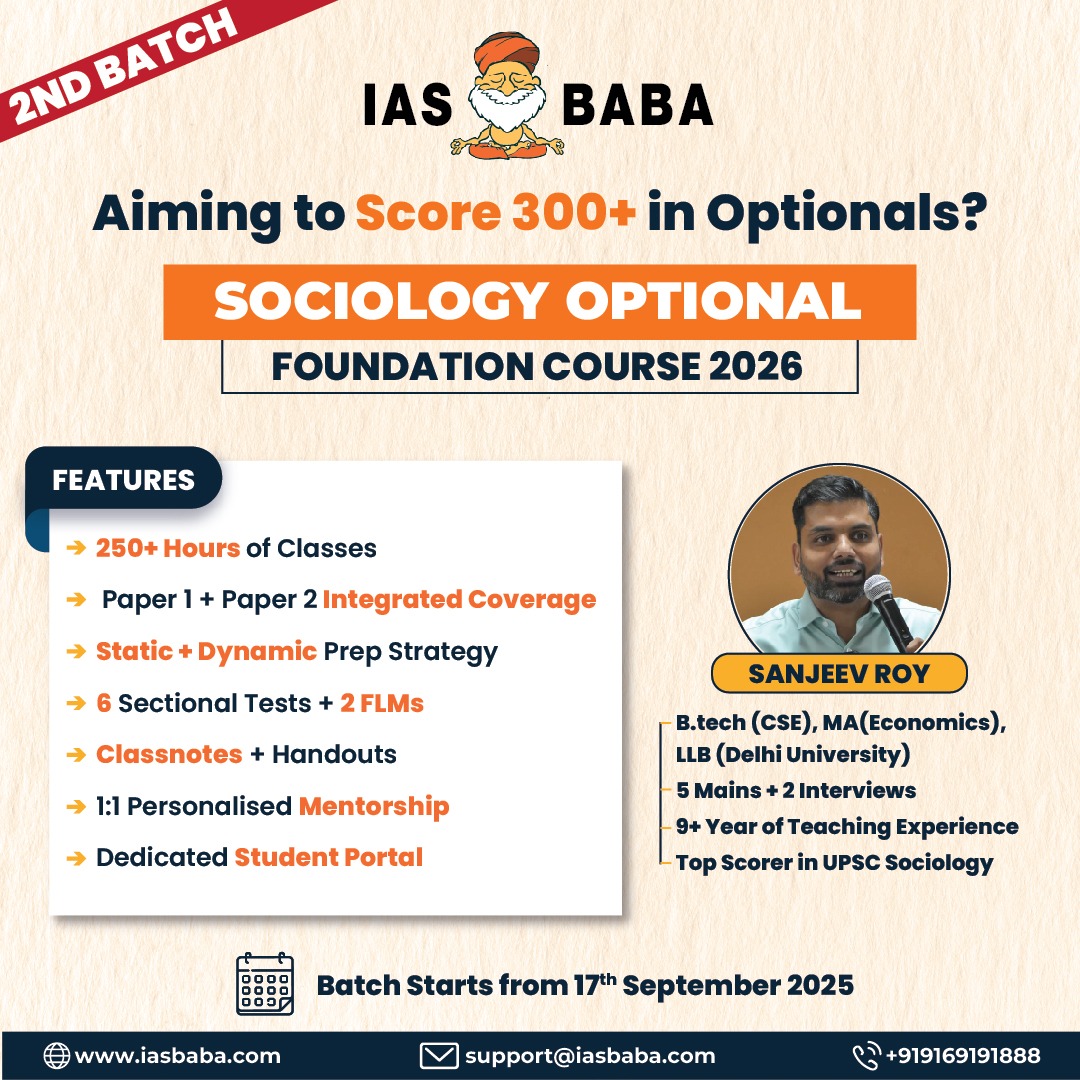UPSC Articles
Jal Jeevan Mission
Part of: Prelims and GS-II Policies and interventions
Context: Nine hundred and eighteen habitations, spread over five districts, are going to have combined water supply schemes at a cost of about Rs. 1,473 crore under the Jal Jeevan Mission.
- The work on all the schemes is expected to be completed in two years.
- The Central government’s share of the cost will be about Rs. 581.5 crore; the State government’s Rs. 884.3 crore; and the community contribution Rs. 7.4 crore.
What is Jal Jeevan Mission?
- It is envisioned to provide safe and adequate drinking water through individual household tap connections by 2024 to all households in rural India.
- It envisages supply of 55 litres of water per person per day to every rural household through Functional Household Tap Connections (FHTC) by 2024.
- It also includes functional tap connection to Schools, Anganwadi centres, GP buildings, Health centres, wellness centres and community buildings
- The programme will also implement source sustainability measures as mandatory elements, such as recharge and reuse through grey water management, water conservation, rain water harvesting.
- JJM focuses on integrated demand and supply-side management of water at the local level.
- The Mission is based on a community approach to water.
- It looks to create a jan andolan for water, thereby making it everyone’s priority.
- It promotes and ensures voluntary ownership among local communities by way of contribution in cash, kind and/ or labour and voluntary labour.
- Parent Ministry: Department of Drinking Water & Sanitation, Ministry of Jal Shakti
- Funding Pattern: The fund sharing pattern between the Centre and states is 90:10 for Himalayan and North-Eastern States, 50:50 for other states, and 100% for Union Territories.
- Four-tier implementation & monitoring of the scheme at National, State, District & village level.
News Source: TH
